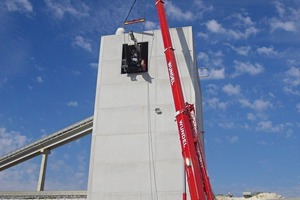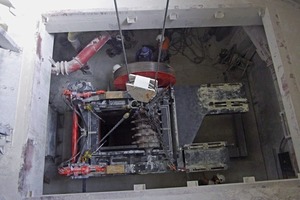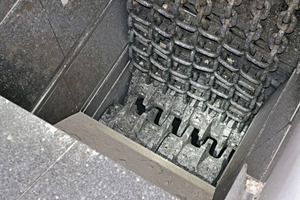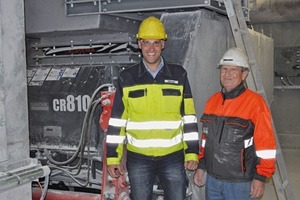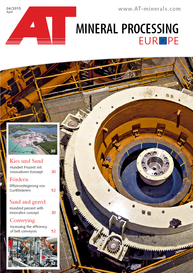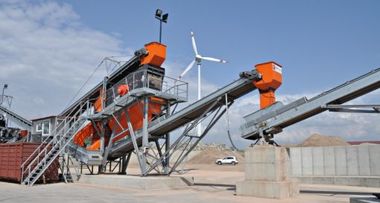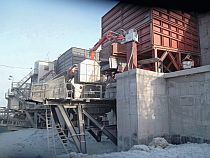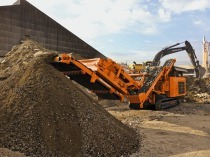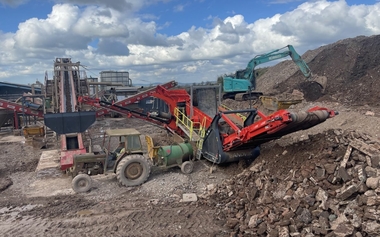Hydraulic gap adjustment guarantees reduction in undersize
In the shadow of Harburg Castle, around 300 people work at the main plant of the Märker group of companies, which was founded 125 years ago by August Märker. As an independent group of companies, it has successfully established itself as a cement and lime producer in Bavaria and Baden-Württemberg. To stay competitive, it has now invested in the future and acquired a Sandvik CR810 Hybrid double-roll crusher.
In the course of the winter repairs in 2013/2014, the existing crusher for processing limestone was due to be replaced (Fig. 1). Besides a reduction in the undersize, the difficulty involved was the structural installation of the high-capacity crusher in the existing facility. After consideration of all advantages of the different suppliers, the company opted for Sandvik and the CR810 Hybrid. “Besides the compactness of the crusher – in relation to its capacity, its flexibility thanks to the hydraulic gap adjustment and the minimization of the fine grain convinced us,” reports Reinhold Ackermann, Managing Director at Märker Kalk GmbH. “Goal is a crushing rate of 300 t/h,” adds Stefan Mahl, Process Engineer for Lime/Cement and responsible for the realization of the replacement, which was ultimately completed in July 2014.
In coordination with the company August Müller based in Rottweil, the structural steel work and any modifications as well as the installation – incl. dismantling of the existing crusher – could be completed at short notice in the stipulated period of nine days (Fig. 2) and the double-roll crusher commissioned. In one-shift operation, material is fed to the CR810 Hybrid, crushed between the counter-rotating rolls (Fig. 3) and comminuted mainly as a result of compression forces. The two crushing rolls are driven separately each with an electric motor with clutch and gears. A powerful hydraulic system for gap adjustment and integrated overload protection guarantee that different particle sizes can be obtained and machine damage as a result of foreign particles in the feed can be avoided. According to a first report by the company, the requirements and expectations have been met (Fig. 4).
//www.miningandconstruction.sandvik.com" target="_blank" >www.miningandconstruction.sandvik.com:www.miningandconstruction.sandvik.com

